When Apple introduced the new iPhone 8, one of the biggest innovations was the presence of wireless charging, which appeared for the first time on iPhones. Users who buy a new model (as in the case of iPhone X) so they can use third-party charging pads for wireless charging. In addition, however, the new iPhones support another function that is related to charging, the so-called Fast Charge. As it turned out later, the use of this innovation leads to a somewhat more complicated (and also more expensive) path than in the first case. Due to the several options for charging the iPhone 8, tests have appeared on the website that determine which charging method is the most efficient.
It could be interest you
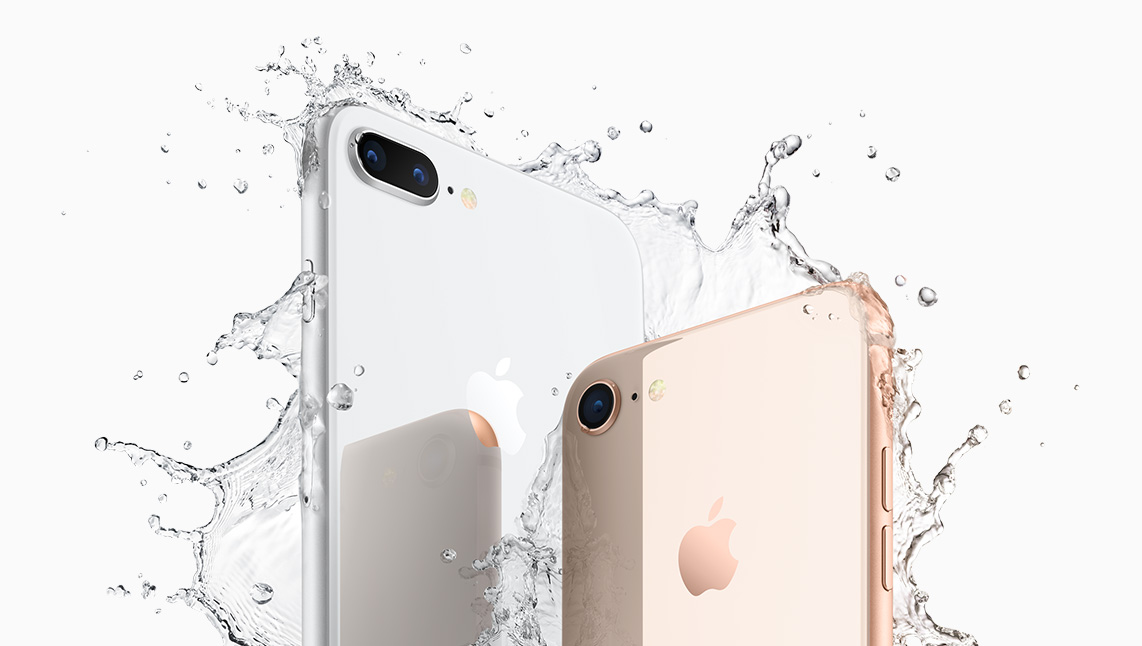
First, let's recall how the new iPhone 8 (the same applies to the Plus model and iPhone X) can be charged. The package contains a classic "small" 5W charger, which Apple has bundled with iPhones for many years. It is also possible to use the 12W charger that Apple standardly bundles with iPads, or the most powerful (and most expensive) 29W charger, which is originally intended for MacBooks. Wireless charging has been added to this trio. And how do all these options fare?
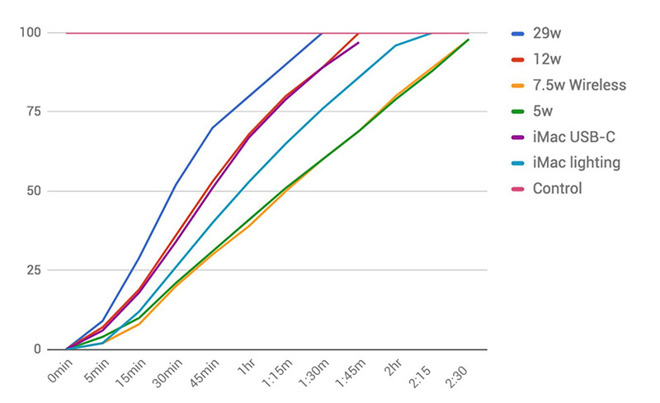
A standard 5W charger can charge a fully discharged iPhone 8 in just over two and a half hours. 12W adapter for iPad, which you can buy on the official website for 579 crowns, fully charges the iPhone 8 in an hour and three quarters. Logically, the fastest is the 29W adapter originally designed for MacBooks. The iPhone 8 charges in an hour and a half, but this solution is quite expensive. The adapter itself costs 1 crowns, but due to the presence of the USB-C port, you cannot connect the classic iPhone cable to it. Therefore, you will have to invest more 800 crowns for a meter-long Lightning - USB-C cable.
The advantages of fast charging are noticeable especially in moments when you don't have enough time to charge your phone. As part of a test he conducted AppleInsider server, it was also shown to what capacity the phone can be charged in thirty minutes. The classic 5W charger managed to charge the battery to 21%, while the one for the iPad performed significantly better - 36%. However, the 29W charger charged the iPhone to a very respectable 52%. That's not a bad figure at all for 30 minutes. After crossing the 50% limit, the charging speed will slow down, due to the effort to minimize battery damage.
It could be interest you

As for the novelty in the form of wireless charging, according to the official specifications, it has a power of 7,5W. In practice, charging is similar to what you get with the included 5W charger. In recent weeks, there has been talk that wireless pads with double the power could appear in the future. It is still supported within the Qi standard, and it is therefore very possible that it will be the original charging pad from Apple that we should expect next year. The current pads for wireless charging that Apple offers on its website cost 1 crowns (Mophie/Belkin)
It could be interest you
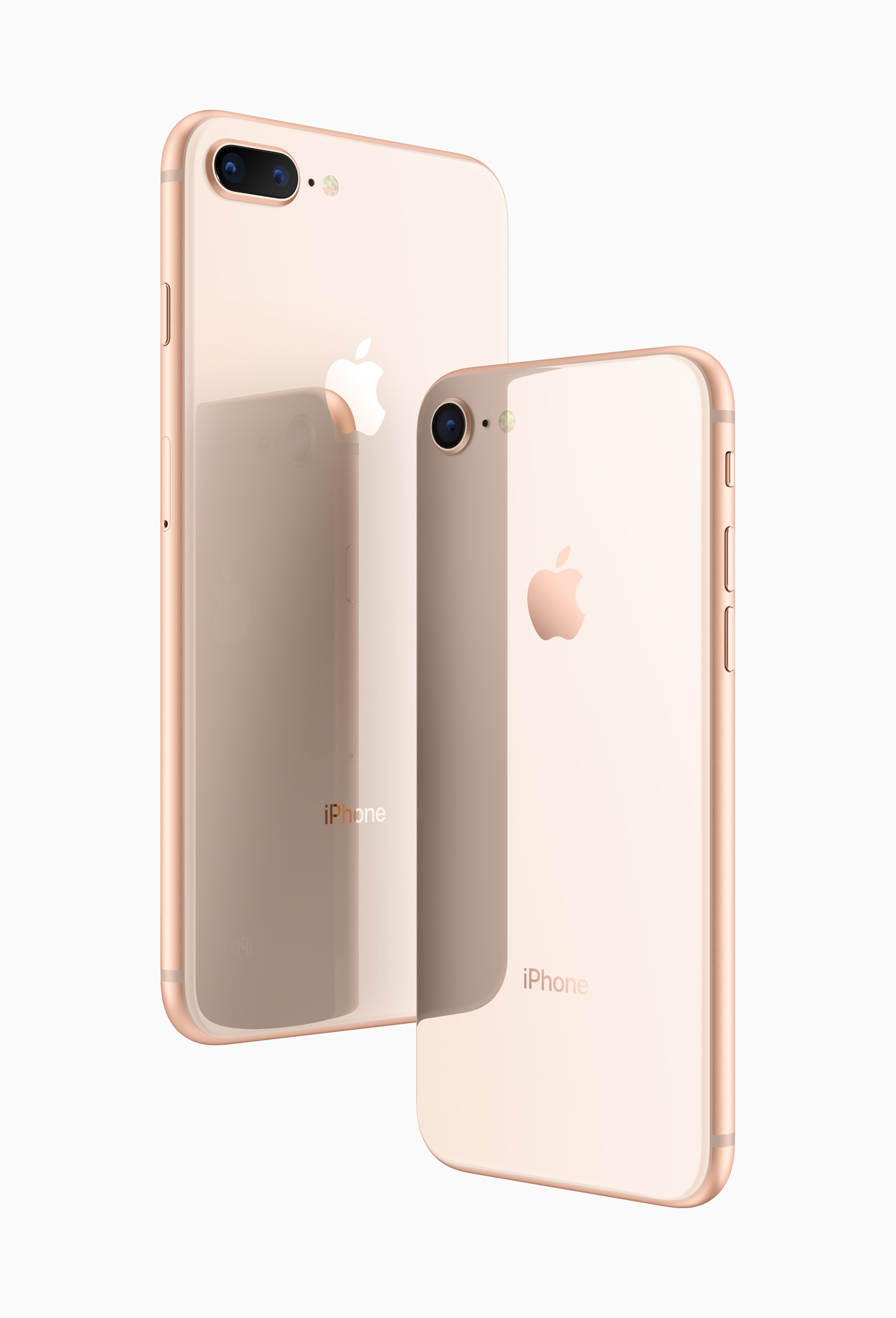
Source: Appleinsider
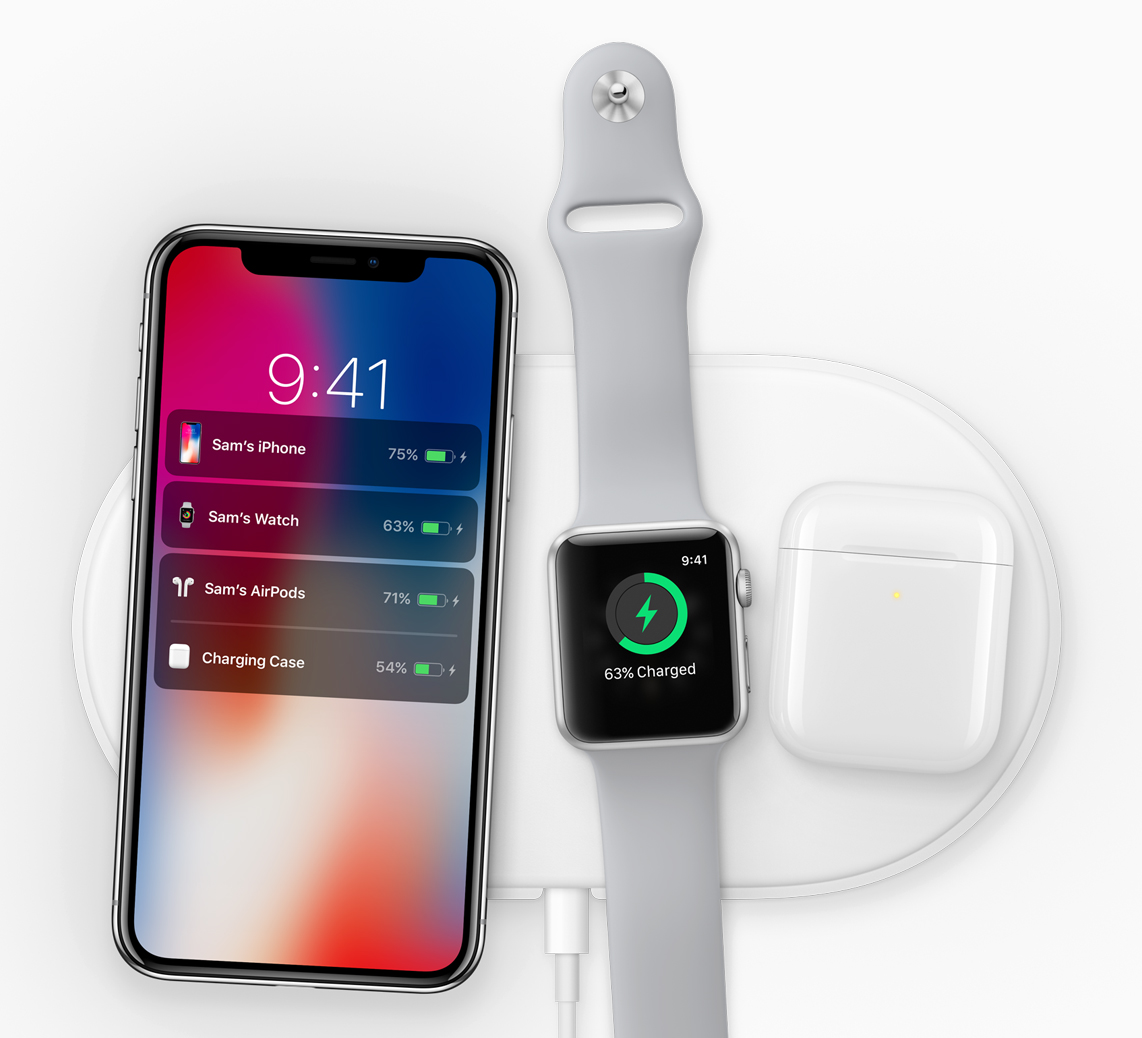

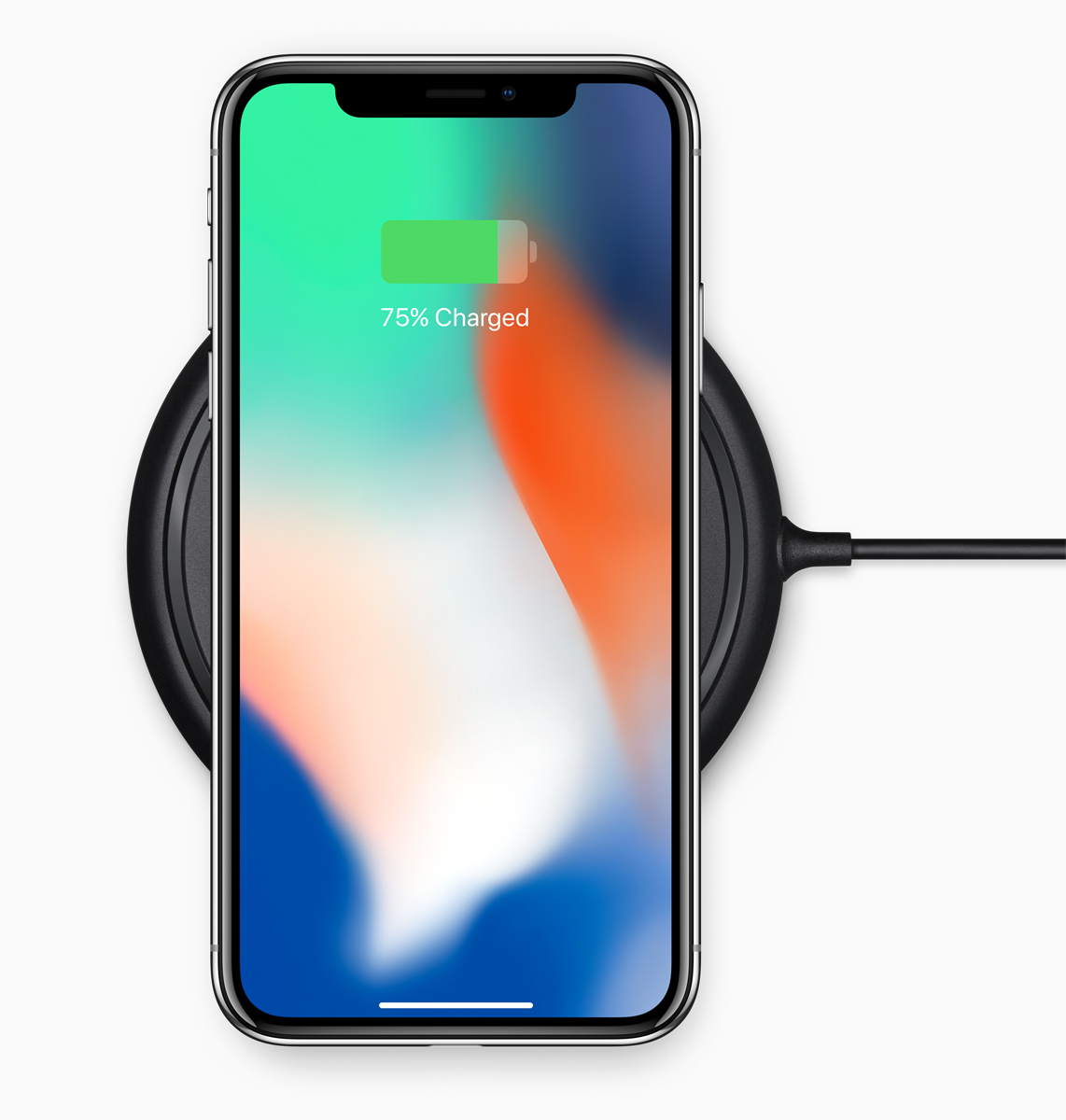
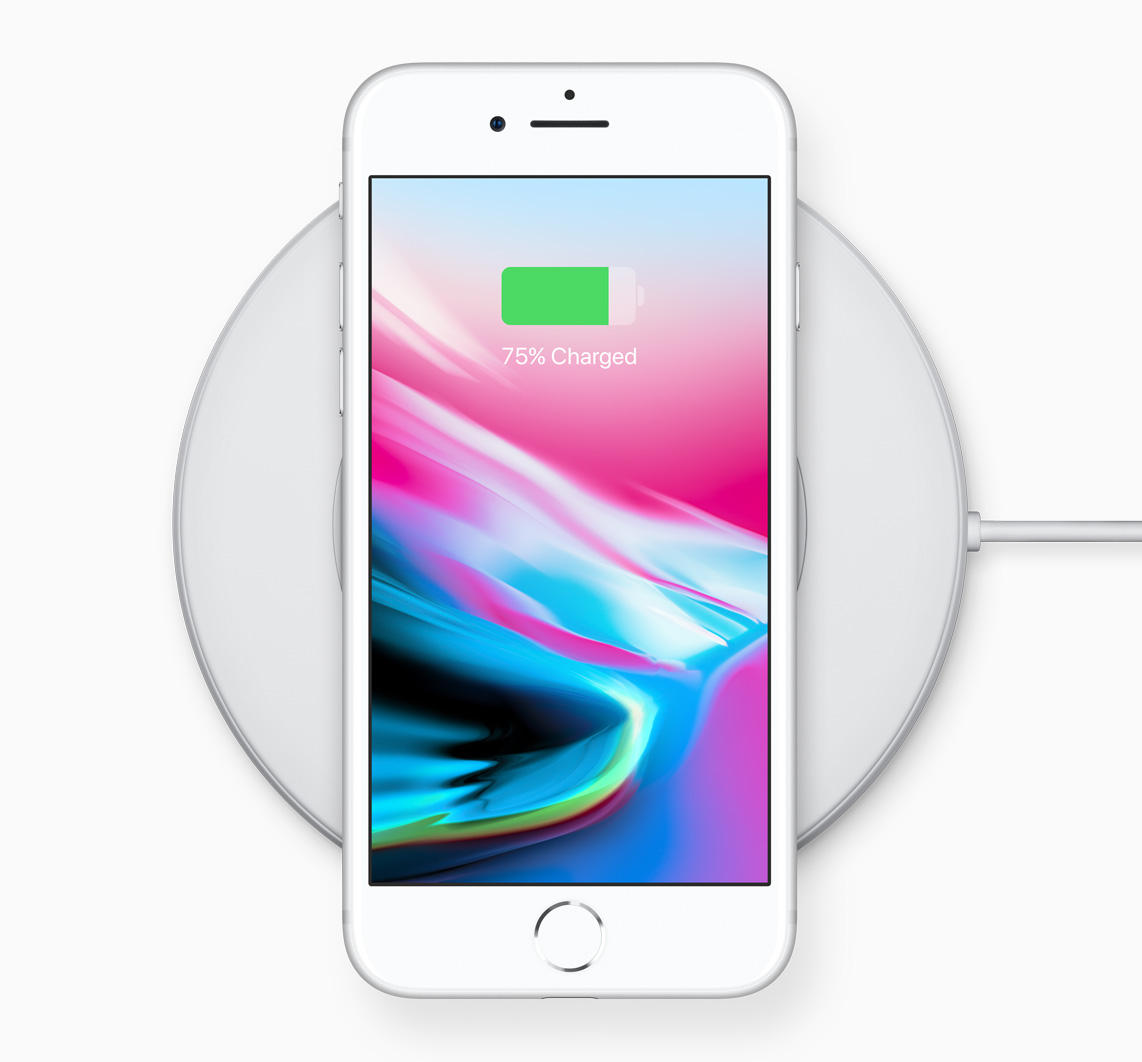
Does anyone have a charging pad from Ikea? How is this one?
I have one from KFC and it charges well even in a soft drink
According to the specification, it is a classic with a power of something between 5-7W. I won't actually verify it yet, we have one at home (originally for something else), but I don't have an iPhone with QI yet, I'm waiting for the X...